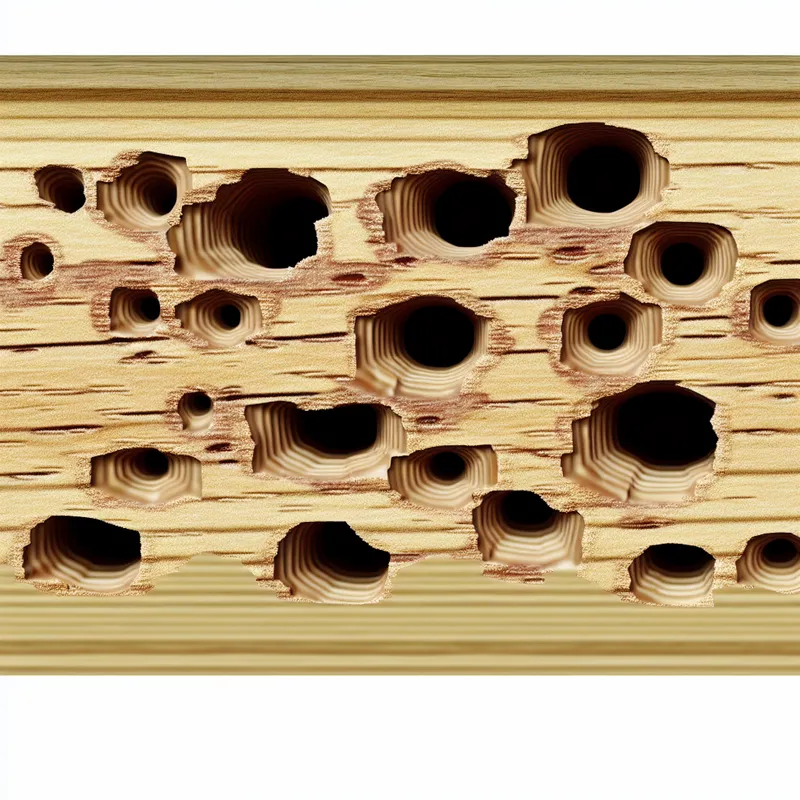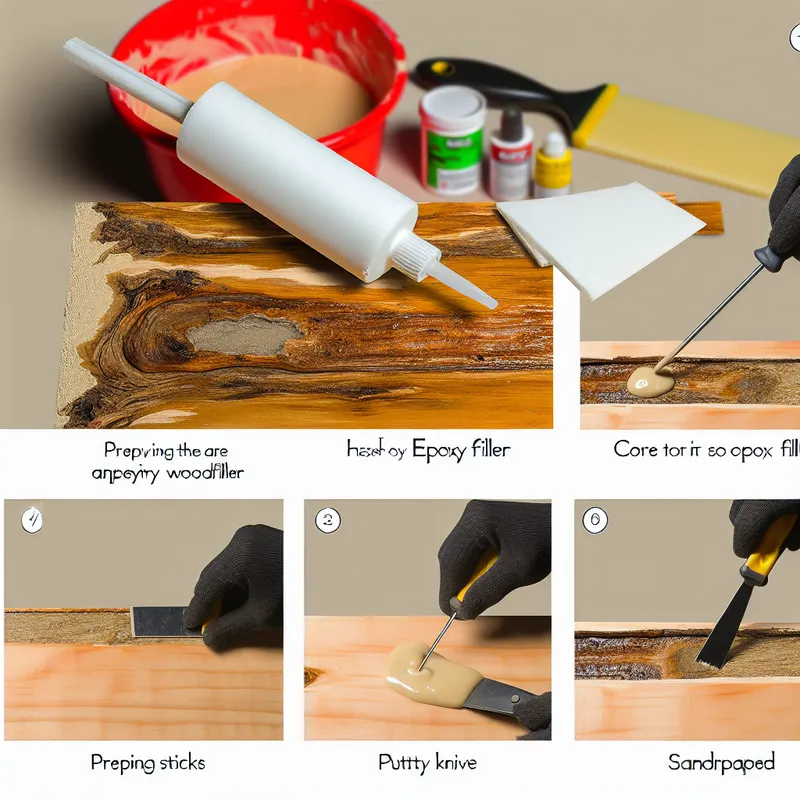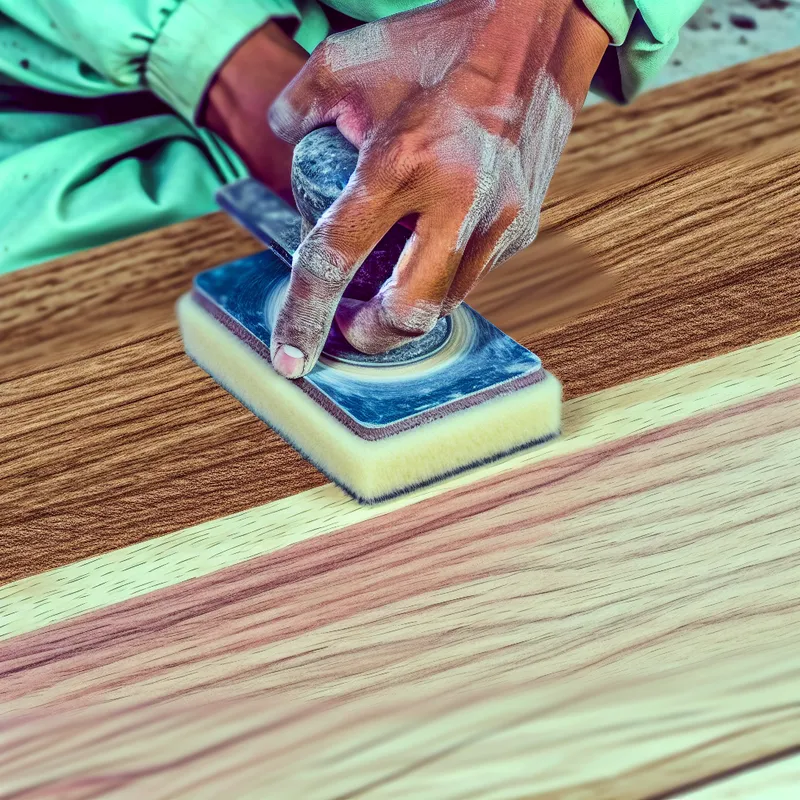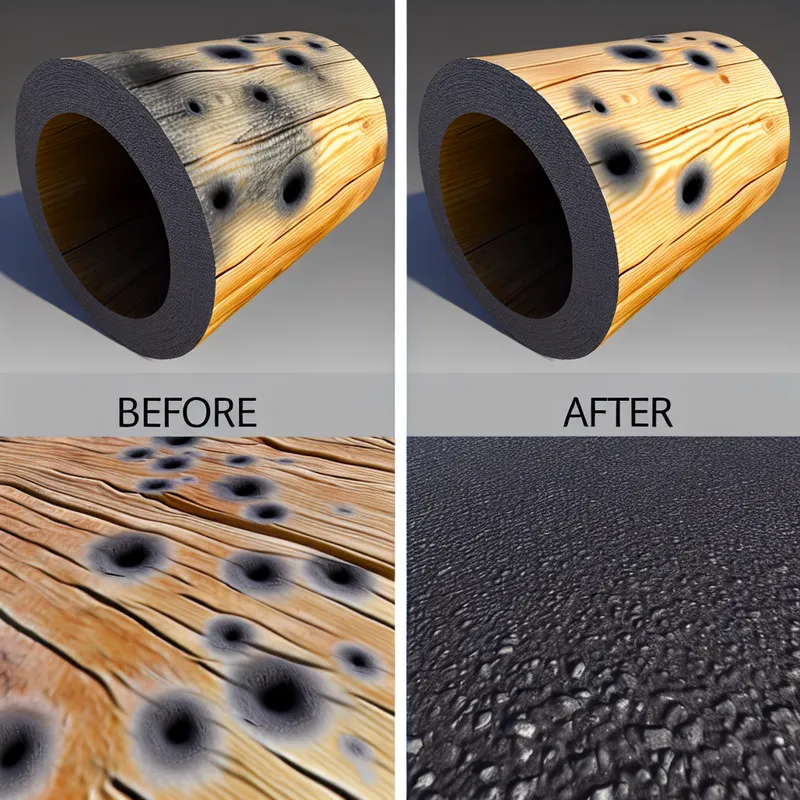If you’ve stumbled across this page wondering, “What is coring and how to fix it?” you’re definitely not alone. It’s one of those problems that sounds super technical, but once you wrap your head around it, it’s surprisingly straightforward to deal with. I’ve been there—confused, frustrated, maybe even muttering some not-so-kind words under my breath—but trust me, once you understand it and get the tools you need, you’ll be fixing it like a pro in no time.
So, let’s dive in. Coring happens when a material—like wood, asphalt, or even soil—is drilled or removed in a cylindrical fashion, leaving behind core-shaped gaps or damage. The term tends to pop up in different industries, with variations of the same problem. Personally, my experience with coring first came up when I was working on repairing flooring. I noticed weird imperfections in the panels that looked like tiny holes had scooped through them. At first, I thought, “Oh, just an imperfection,” but nope—it was coring. And spoiler alert: it wasn’t as hard to fix as I thought.
What is Coring Really?
To keep it simple, coring is the result of something hollowing out a section of material, usually during things like drilling, cutting, or wear and tear. Picture this: you’re using a tool that’s too aggressive, or maybe the material isn’t as durable as you thought, and now you’ve got a circular void or damage that’s impossible to ignore. Sounds annoying, right? Whether it’s an issue with pavement, wood, or some other material (even in arts and crafts!), coring is basically unintended damage in the form of cylindrical holes.

And here’s the kicker: left alone, it can cause major issues over time. Small holes can develop into larger structural problems, or if it’s happening in wood or flooring, you’ll end up with weakened areas that can easily crack.
How to Tell if You’re Dealing With Coring
Before you get to fixing anything, you need to double-check that coring is the actual problem. In my case with that flooring project, I noticed tiny, smooth voids in several pieces. At first, I brushed it off, thinking it was just natural wear…or maybe even me being clumsy. But nope—it was caused by the tools I had used to drill and install the boards.
Sometimes, coring leaves obvious damage, but other times, it’s way more subtle. So if you’re working on repairs or installations and you see perfectly round areas missing from the material, chances are, you’re dealing with coring. For surfaces like asphalt or even plastic, look for thin-walled cylindrical holes or material that just…crumbles too easily.
How to Fix Coring (Without Losing Your Mind)
Alright, now comes the fun part: fixing it! The steps can vary depending on what material you’re working with, but these general tips have saved me more than once:
1. Clean the Area Thoroughly First
I know this sounds boring, but trust me—it’s really important. Any dust, debris, or leftover material around the affected spot is going to mess with your repair. If you’re dealing with flooring, grab a vacuum or damp cloth and go over the area until it’s spotless. For asphalt, you may need to do a bit more heavy-duty cleaning with a wire brush.
I learned this the hard way when I did a quick “fix” without prepping the area. Everything came undone within a week, and I had to start over. Lesson learned!
2. Choose the Right Filler or Patch Material
The type of material you use to fix coring depends on what you’re working with. For wooden surfaces, I swear by epoxy wood filler—it works like magic to fill in gaps and bonds tightly enough to outlast the original wood. If you’re working with asphalt or concrete, grab a high-quality patch mix from a hardware store.
Pro tip: Always read the instructions on these products. I once mixed up an epoxy without realizing I had less than 5 minutes to apply it. Spoiler—it hardened in the container before I even got started.

3. Fill the Gap and Let It Bond Properly
This step might test your patience! With wood, I find it easiest to overfill the coring hole lightly and then sand it down once it cures. Same goes for concrete and asphalt—fill the hole a little higher than the surface around it so that when it compresses, it’ll be even.
By the way, don’t rush this part. You’ve got to let the filler, patch, or epoxy cure for the recommended time on the package. I once pressed my thumb into what felt like a “dry” repair…and yeah, it wasn’t. Had to start from scratch.
4. Sand or Smooth It Out
For wood, sanding will save the day. Start with something coarse to level out the surface, then switch to finer grit to smooth everything out. With asphalt or concrete, you might need to add finishing touches with a scraper or similar tool before it fully hardens.

It’s really satisfying to see it all come together at this stage—it kind of makes all the effort feel worth it.
5. Seal or Finish the Surface
This is where good repairs can turn into great ones. A top-notch sealant or finish locks everything in place and protects your repair from future wear and tear. If you’re working with wood, use a stain or paint that matches the original surface. For concrete or asphalt, look into a sealant designed for outdoor durability.
A Few Extra Tips From Someone Who’s Been There
- Prevention is Key: If coring happens to you once, it’s worth asking why. Was the tool too aggressive? Is the material weak? I’ve learned to use sharp tools and lower drilling speeds to avoid damaging fragile materials.
- Test Patches Are Your Friend: Got some spare material? Practice fixing a small section first. I’ve ruined too many projects by skipping this step… oops.
- Don’t Rush It: Repairs take time. Put on some music or grab a snack while your patch cures—you’ll thank yourself later.
Fix It and Forget It (Well, Mostly)
Fixing coring is one of those tasks that looks intimidating but becomes super manageable once you’ve done it. Sure, the first time might involve a little trial and error (I definitely had a few “oops” moments), but the great thing is, once you’ve patched a few coring holes, it gets so much easier. Have I mentioned how satisfying it is to step back and look at a surface that’s brand new again? Seriously—it feels like conquering a small DIY mountain every time.
So, there you have it. That’s my take on “what is coring and how to fix it.” What about you—have you dealt with this before? Hopefully, these tips help! I’ll be rooting for you as you tackle your repair project—good luck, and enjoy the process!
